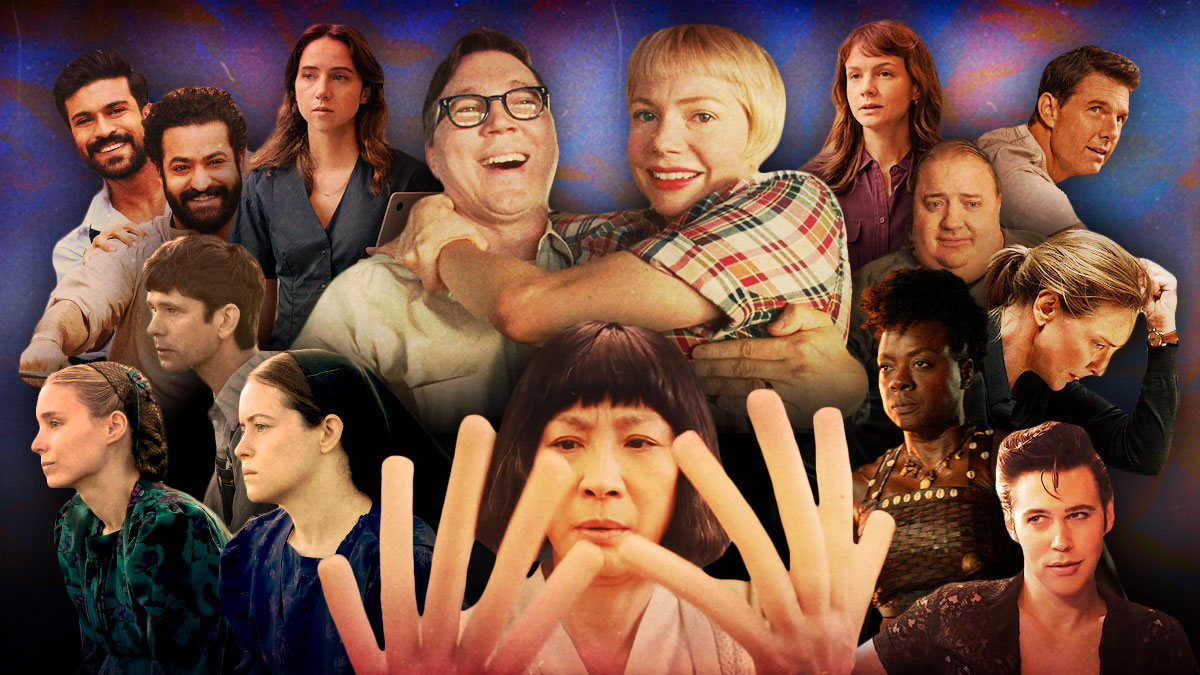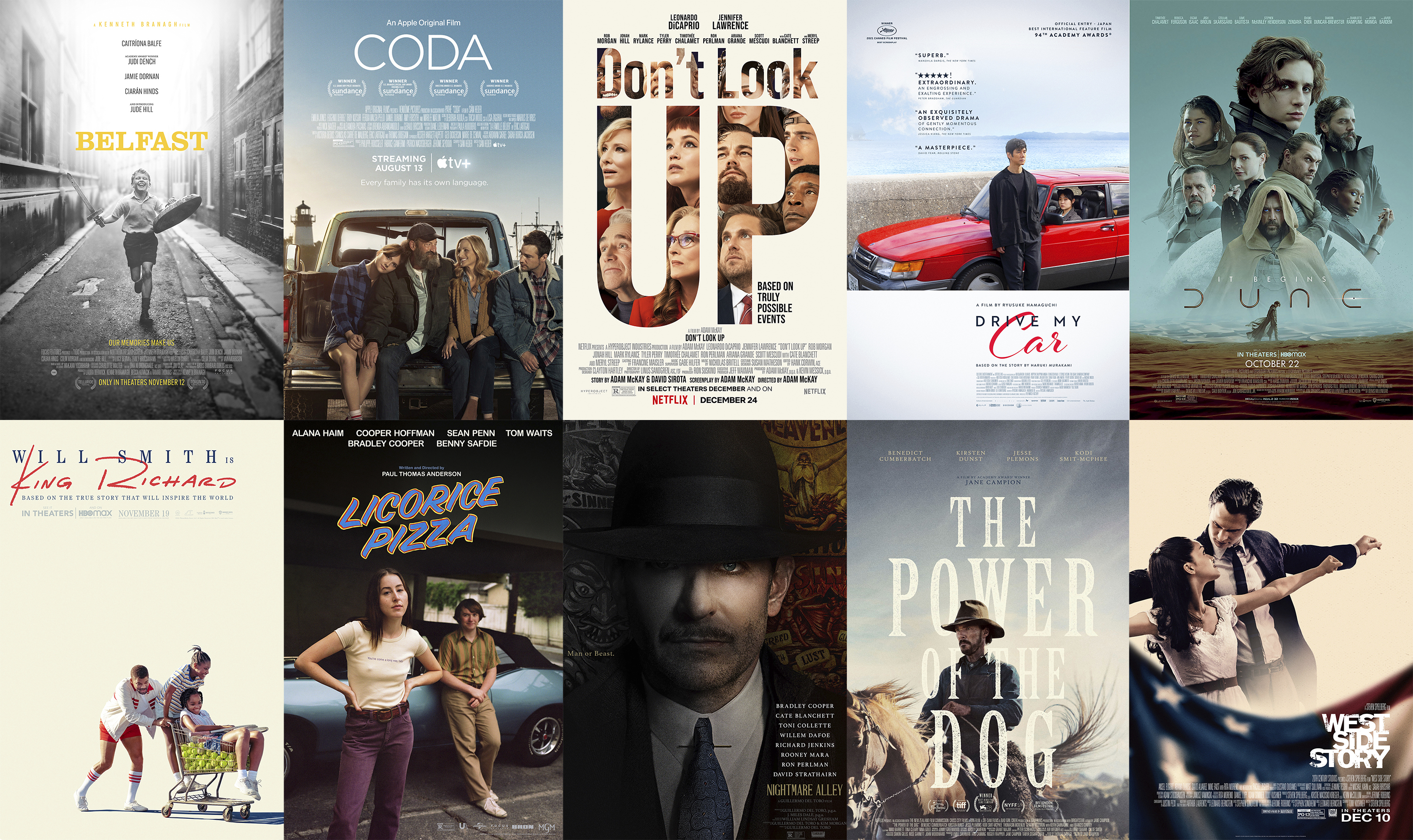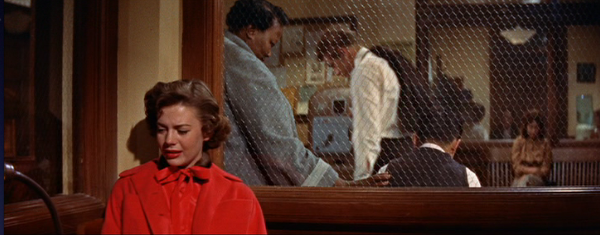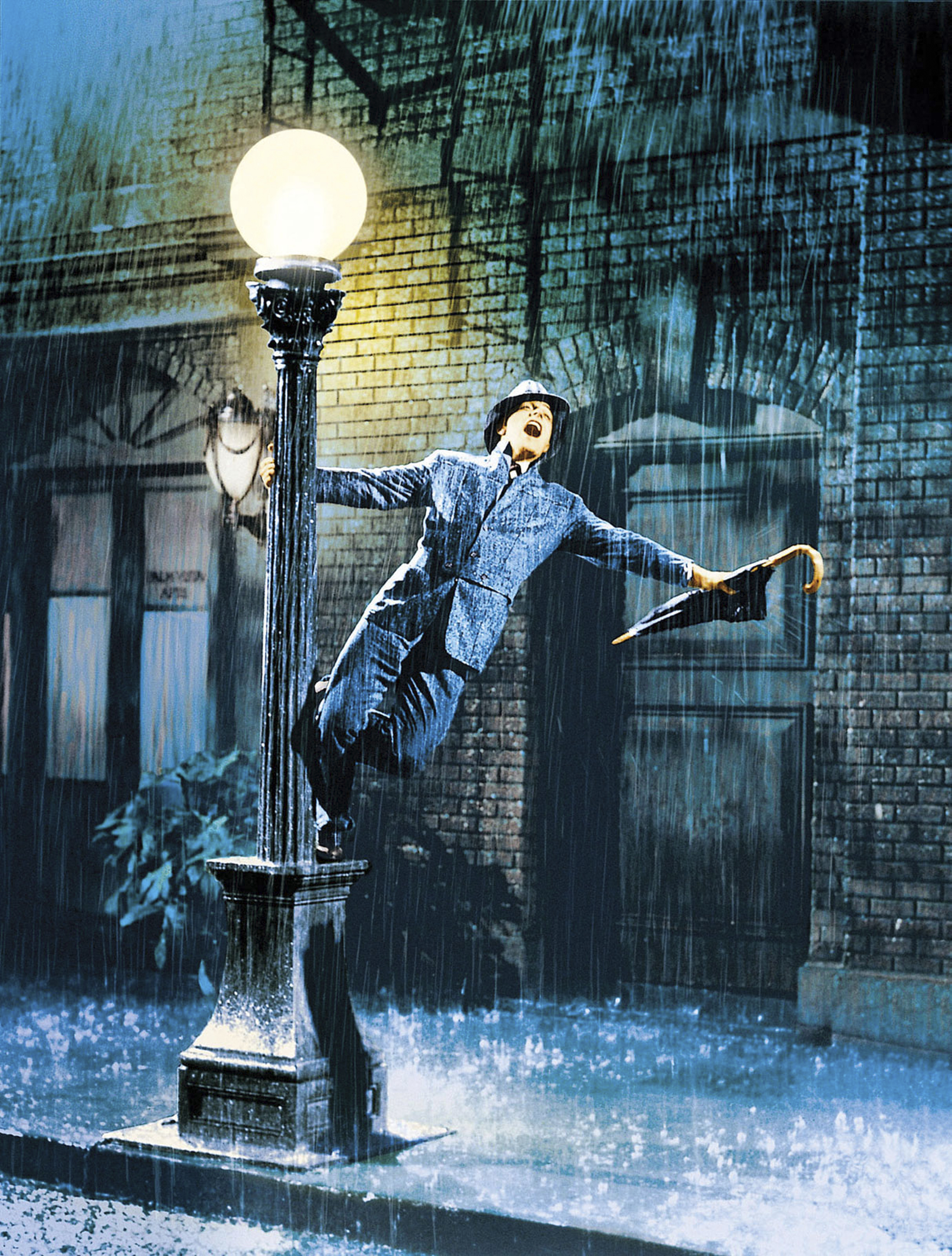The Hollywood slasher horror is unique in the sense that its arcane appeal has transcended its repetitiveness for three decades, arguably more. However today the slasher is less visible, and has left only formulaic conventions that have survived in genres derived from horror, such as the psychological serial killer genre, the violence as action horror and the post-modern, self-conscious slasher. The formulaic approach is pertinent to all these forms, which, in a way, effectively confirm the integrity of the formulaic approach by its ability to transcend genre evolution. The classic slasher has declined for three primary reasons; technological advancements have reframed what we think of as horror, the ideology of horror is no longer as relevant, and the limitations of genre itself.
The classic slasher period between 1974 and 1986 (Clover 1996, 75), book ended by The Texas Chainsaw (Hooper, 1974) and its sequel, The Texas Chainsaw Massacre 2 (Hooper, 1986), created and reinforced the slasher horror’s adherence to formula. Laura Wyrick credits this period as when the “horror film became both increasingly popular and well-defined, more and more separate from its sister genre and predecessor, the psychological thriller” (1998, 122). Carol Clover, in her influential essay “Her Body, Himself: Gender in the Slasher Film”, outlined the formulaic conventions of the slasher horror, citing conventions in accordance with the following five categories: killer, locale, weapons, victims, and shock effects (1996, 75). By the 90s, primarily due to the work of Wes Craven (Simpson 2002, 277), the slasher had moved away from adherence of conventions, towards a post-modern form of observation. The classical slasher is identifiable from its close affiliation with these formulaic conventions, and it is these conventions that have largely survived in one form or another through the decline and evolution of the genre.
While the apotheosis of the classical slasher is typically considered to be Halloween (Carpenter, 1978), Scream (Craven, 1996) represents an important landmark on the other side of the classic period. It embodies the movement from the classic horror to ironic, self-parodying horror films (Wyrick 1998, 123). Its historical impact is also grand. Steven Jay Schneider credits Scream with “kicking off a new wave of hip and reflexive slasher movies” (2003, 868); such films include Urban Legend (Blanks, 1998) I Know What You Did Last Summer (Gillespie, 1997) and Valentine (Blanks, 2001). Scream plays with a high level of intertextuality as its film literate killer’s act consciously within the conventions of a slasher film. Within this frame there are countless references to the context, such as the often-quoted opening scene where Casey is called by the killer, threatening to kill her and her boyfriend if she does not correctly answer horror trivia questions like, “who was the killer in Friday the 13th?”
Cinema as a form is constantly undergoing changes within its multiple levels of categories. Therefore it is no surprise that the classical slasher has declined. The period between 1986 and Scream in 1996 was not bereft of contributions, and attempts at the horror genre. In this period the serial killer horror emerged, deriving from the slasher and carrying some of its formulaic conventions, such as The Silence of the Lambs (Demme, 1990) (Tietchen 1998). Demme was not the only progressive filmmaker working in this period that attempted to revive, or re-establish the slasher. Tim Burton with his unique brand of fantasy filmmaker derived some of his techniques from horror, as did Clive Baker with Hellraiser (1987) and Candyman (Rose, 1992). However, with the exception of the serial killer narrative, none of these trends developed. It wasn’t until Scream, preceded by the analogous Wes Craven’s New Nightmare (Craven, 1994), that the slasher horror, in a new guise, was truly reinvigorated.
The development from Halloween to Scream was firstly a result of the changing technology, both in the advent of computer-generated imagery and in the further advancement of modern practical effects. The horror film has always been built on the idea of terror firstly in fantastical realms and then in domestic locales. The history of violence in horror films has paralleled this development; as the setting got closer to home, the violence tended to increase. Compare for example the difference between Ellen’s death in Nosferatu (Murnau, 1922), the shower scene in Psycho (Hitchcock, 1960) and any of the multiple murders in Friday the 13th (Cunningham, 1980). A clear progression can be seen from the off-screen violence of 1920s horror, suggestive visceral violence of the 1960s and the shock violence of the 1980s. This evolution can be read as a response to audience demand, but also as a chronicling of the technological capabilities of onscreen realism. This is particularly significant for horror where violence is a convention.
With the new explicit violence came a new tone (Clover, 87). The slasher genre became the natural repository for such graphic effects and over time violence became not so much the reason for viewers to look away, the violence became the excuse for the special effects. The slasher film became the home for “effects that may have been intended to disgust, but were just as much intended to fascinate” (Wyrick 122). This had a profound effect on the genre’s ability to generate tension and create terror. Suspense was superseded or incidental. Consider the use of violence as spanning the A Nightmare on Elm Street series; what began as a creepy, surreal take on the horror genre quickly digressed. Nightmare on Elm Street 5: The Dream Child (Hopkins, 1989) was a over the top effect filled disarray, where showy deaths defined the series as oppose to the monstrous villain with his unique means of disposal. In a sense a spin-off of this trend was self-parody, where a victim’s fate was composed to generate laughter as oppose to terror.
Another implication of this increased violence is that it has become more like art. This is best illustrated by the serial killer films, which “portrays murderers as semiotically informed bricoleurs who follow the outline of a pre-established narrative manifest in shared literature of images” (Tietchen 1998, 99). This idea is distinctly applicable for Scream where the killers are consciously working within the narrative conventions of a horror film in order to achieve their goal. The scene in which Billy fakes his own death shows a heightened awareness of murder as art, as does the subsequent ‘fake’ wounding. Scream is as self aware of murder as art as it is of the idea of violence penetrating the domestic. Both involve a certain fear that is different to the classic horror. David Ehrlich argues that the increase in violence has changed the way we are scared by movies, “Gone is the pure dread of The Shining or the surreal suffocation of Onibaba”, instead he claims we are now at the mercy of, what he refers to as the “jump scare” – an unexpected arrival or use of violence (2006, 1).
The belief system that the slasher operates around is the second predominant reason why the slasher has died. Ideology is relative to a place and time and relevant to a society (Groves 2006). The attitudes represented in the slasher horror have faded; society has changed. The difference is we no longer condemn sex as a society. Clover claims that “killing those who engage in unauthorised sex amounts to a generic imperative of the slasher film” (1996, 81). Therefore the cause and effect relationship between death and sex that the slasher horror operates on is no longer relevant. Films like Halloween where the killer, Michael Myers, punishes teenagers for their sexual deviance are relevant for 1978. Whereas to make a film based on this belief system today would be conforming to an irrelevant ideology.
Instead this opens the door to self-referential films like Scream where these rules are broken in a self-aware manner. Instead of teenagers taking part in sex and being killed as a consequence, Scream embraces this imperative and subverts it. The final girl, Sidney, who typically should remain virginal and pure to survive the finale, actually ends up having sex with the undisclosed killer. To heighten the awareness of this conscious convention violation, the scene is crosscut with a scene downstairs where cinephile Randy exemplifies the rules of how to survive a horror movie. The message could not be clearer when he declares, “number one, you can never have sex… sex equals death”. The fact that Sidney ends up surviving the film is further reinforcement that the “generic imperative of the slasher film” has fallen out of date.
The notion of genre itself is the third, yet probably the most important, reason for the slasher’s evaporation. Genres are most certainly heterogeneous, and the films made within its construct act most often as a reflection, on some level, of the society that they were made. Similar to the concept of ideology, genre is dynamic in the abstract sense (Altman 1999, 26-27). As a result genres react to society as a determining force. Therefore we see genres like the musical and the western slowly decline for various reasons; however, often an expiring genre provides progressive filmmakers with opportunities to revitalise a genre by bringing it in a fresh direction. Certainly in the case of Scream, Craven formed an original approach to the slasher genre that proved to be commercially successful.
The self-reflexive slasher drew a fine line between the classical horror and the modern parody. However, in a sense, the self-awareness of the film makes these classifications superfluous. In a historical context Scream appeared to jump from nowhere, as in the years previous, the horror film was only present in the serial killer genre, like Se7en (Fincher, 1995), Baker’s films, and the fantastical escapism of Beetlejuice (Burton, 1992) and The Witches (Roeg, 1990). The endless repetitive nature of the slasher horror had worn out on audiences, but interestingly it was Scream’s acceptance of this idea that became its predominant selling point. Above all Scream was aware that it was contributing to a genre that “mimics itself mercilessly – because its statement is coded within its very mimicry” (Brophy 2000, 277). Scream took this idea even further by locating its pleasure in its unoriginality and messing with the commonly known rules. This is in effect an acceptance of the limitations of genre, embracing the “merciless” repetition, and taking it in a new post-modern direction.
The past ten years has seen the self-reflexive slasher continue. Progressive directors have continued to build upon what Scream began; including Craven himself with the sequels Scream 2 (Craven, 1997) and Scream 3 (Craven, 2000). This post-modern trend, developed from the classical slasher, is in effect a confirmation of the integrity and relevance of the formulaic approach. These conventions continue to remain with an even heightened awareness as the rules have been brought to a conscious level. Consider the five categories outlined by Clover: killer, locale, weapons, victims, and shock effects (1996, 75). All remain present in Scream, and in every slasher since 1996, but there is an increased awareness of the formulaic role they play. Consider the idea of the victims. In Scream they play a conscious role, although they are not aware they are in a horror movie, both Craven and the film’s killers, Billy and Stuart, have cast them as victims. Furthermore they are aware of the slasher’s conventions, making verbal references to Carrie (DePalma, 1976) and even watching Halloween at the climactic party. The role of the victims has progressed past a passive role in the killer’s plan. In the post-modern realm, there is an active relationship between the film, the characters and the audience. The other films in the Scream trilogy take this idea even further.
It is perhaps appropriate to go as far to say that Clover’s analysis of the formulaic conventions – the articulation of the genre’s aesthetic and thematic rules – that films like Scream have become possible. Scream offers infinitely more pleasure for the literate horror fan due to its high level of intertextuality, an idea carried on by its sequels and followers. Overall this trend, from classic genre films, to post-modern self-reflexive films is not exclusive to the slasher horror. The trend is still evident but has perhaps been diluted by the predominance of high concept genre film dominating multiplexes today. This trend is worth further consideration, to include wider implications and to analyse the actual state of genre today.
Altman, Rick (1984) “A Semantic/Syntactic Approach to Film Genre”. Cinema Journal 23.3: 6-18
Altman, Rick (1999) “What is Generally Understood by the Notion of Film Genre”. Film/Genre. London: British Film Institute, 13-29
Brophy, Philip (2000) “Horrality – The Textuality of Contemporary Horror Films”, in Ken Gelder (ed.), The Horror Reader. London: Routledge, 276-283
Clover, Carol (1996) “Her Body, Himself: Gender in the Slasher Film”, in Barry Keith Grant (ed.), The Dread of Difference: Gender and the Horror Film. Austin: University of Texas Press, 72-99
Edwards, Kim (2006) “Get away from me you bitch! Demon mothers, psycho sons and the Scream trilogy” in Australian Screen Education 5.41: 92-97
Ehrlich, David (2006) “Commentary: This is how to define the horror genre”. The America’s Intelligence Wire, April 14: 1-2
Groves, Tim (2006) “Audiences”. Lecture presented at Victoria University of Wellington, 11 October
Groves, Tim (2006) “Genre: The Slasher Film”. Lecture presented at Victoria University of Wellington, 6 September
Jancovich, Mark (2002) Horror, The Film Reader. New York: Routledge.
Schneider, Steven Jay (2003) “Scream”, in Schneider, Steven Jay (ed.), 1001 Movies You Must See Before You Die. London: New Burlington Books, 868
Simpson, Phillip L. (2002) “Review of Wes Craven: The Art of Horror and Herchell Gordon Lewis, Godfather of Gore”, in Steffen Hantke (ed.), Horror. Washington: Paradoxa, 276 – 280
Tietchen, Todd F. (1998) “Samplers and copycats: The cultural implications of the postmodern slasher in contemporary American film”. Journal of Popular Film & Television 26.3: 98-107
Trencansky, Sarah (2001) “Final girls and terrible youth: Transgression in 1980s slasher horror”. Journal of Popular Film & Television 29.2: 63-74
Wyrick, Laura (1998) “Horror at Century’s End: Where Have All the Slashers Gone?”. Pacific Coast Philology 33.2: 122-126
Beetlejuice (Tim Burton, US, 1988)
Candyman (Bernard Rose, US, 1992)
Carrie (Brian DePalma, US, 1976)
Friday the 13th (Sean S. Cunningham, US, 1980)
Halloween (John Carpenter, US, 1978)
Hellraiser (Clive Baker, UK, 1987)
I Know What You Did Last Summer (Jim Gillespie, US, 1997)
A Nightmare on Elm Street (Wes Craven, US, 1984)
A Nightmare on Elm Street 5: The Dream Child (Stephen Hopkins, US, 1989)
Nosferatu (F. W. Murnau, Ger, 1922)
Psycho (Alfred Hitchcock, US, 1960)
Scream (Wes Craven, US, 1996)
Scream 2 (Wes Craven, US, 1997)
Scream 3 (Wes Craven, US, 2000)
Se7en (David Fincher, US, 1995)
The Silence of the Lambs (Jonathan Demme, US, 1990)
The Texas Chainsaw Massacre (Tobe Hooper, US, 1974)
The Texas Chainsaw Massacre 2 (Tobe Hooper, US, 1986)
Urban Legend (Jamie Blanks, US/Fr, 1998)
Valentine (Jamie Blanks, US/Aus, 2001)
Wes Craven’s New Nightmare (Wes Craven, US, 1994)
The Witches (Nicholas Roeg, UK, 1990)











 The best example of this is Gene Kelly’s ‘Singin’ in the Rain’ exhibitionist number which transforms the feeling of being in love into a song and dance expression of pure happiness (Wollen, 28-29). The feeling of utopia associated with musicals often occurs at heightened moments of reality. Utopia is outside of the real; like Kelly singing in the rain, it takes elements of fantasy and transports these into expressions of utopia.
The best example of this is Gene Kelly’s ‘Singin’ in the Rain’ exhibitionist number which transforms the feeling of being in love into a song and dance expression of pure happiness (Wollen, 28-29). The feeling of utopia associated with musicals often occurs at heightened moments of reality. Utopia is outside of the real; like Kelly singing in the rain, it takes elements of fantasy and transports these into expressions of utopia.

